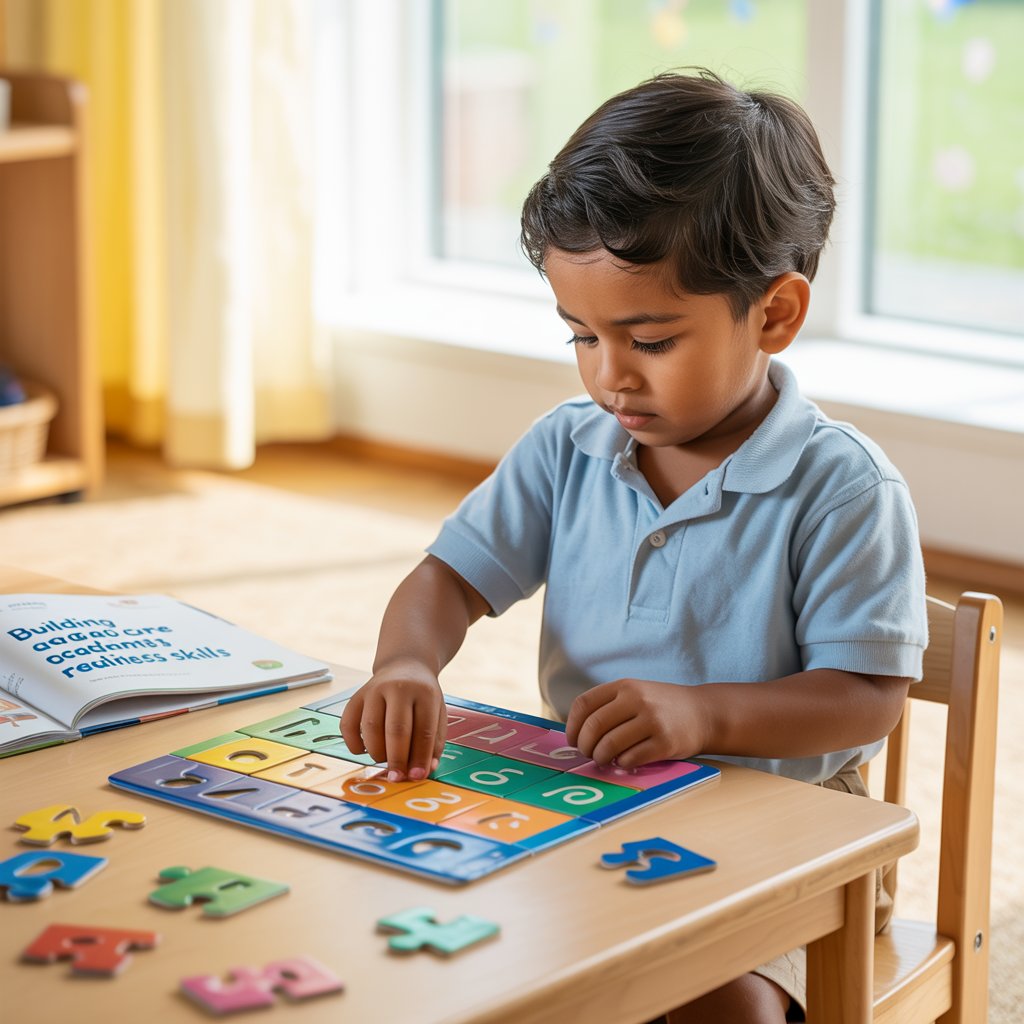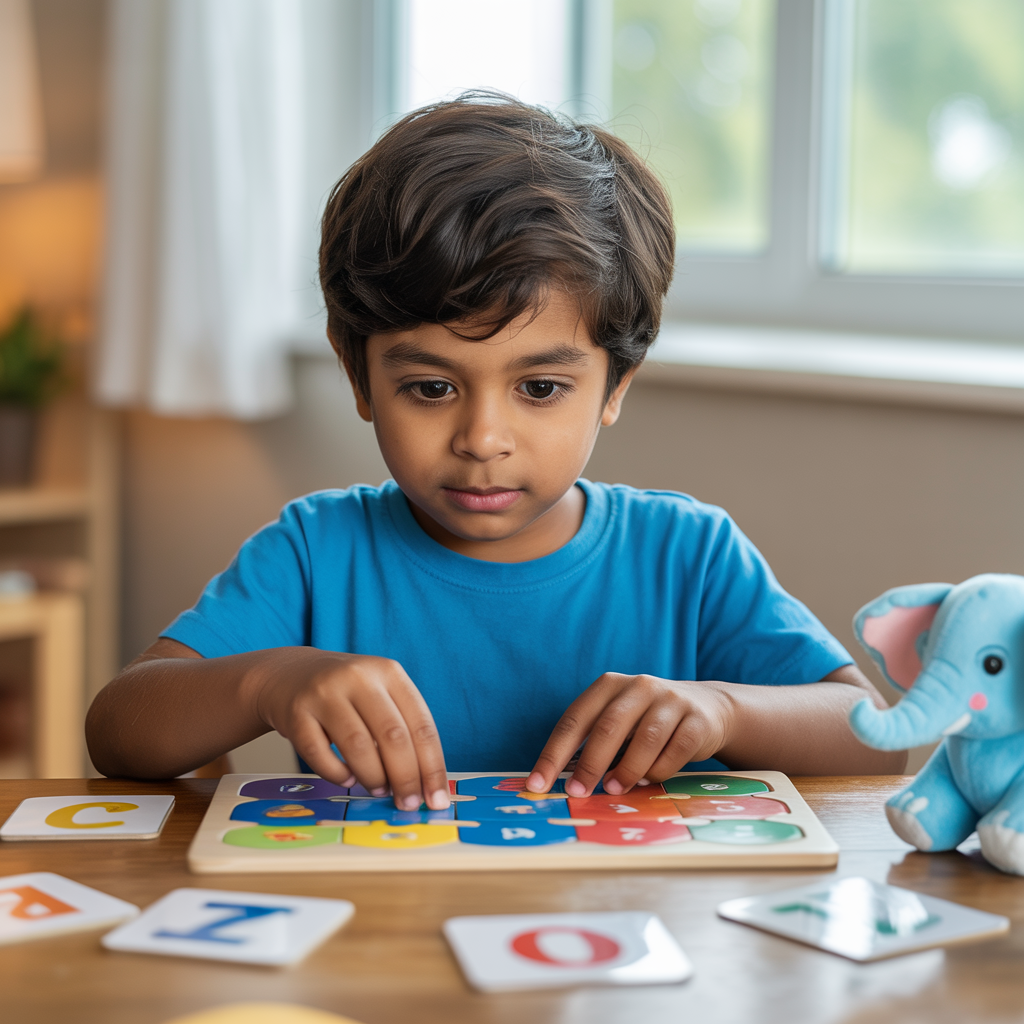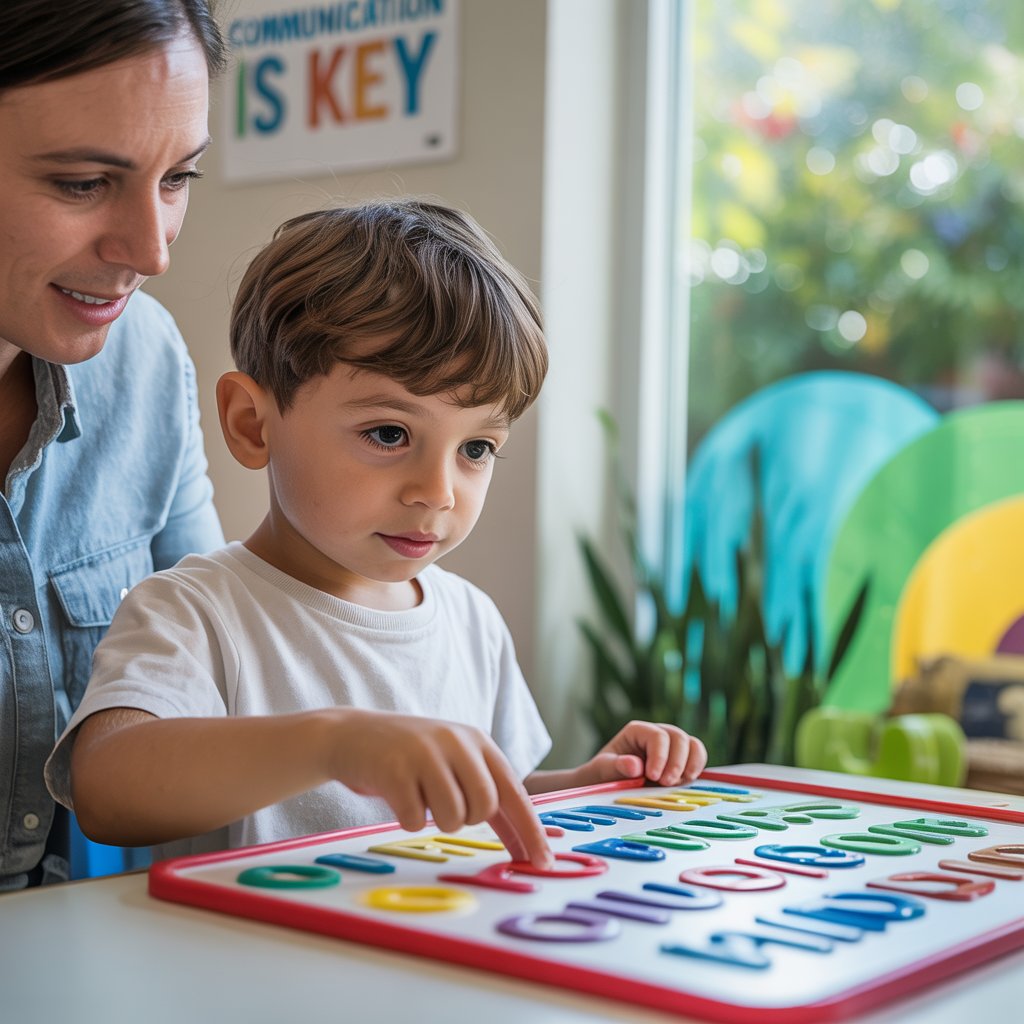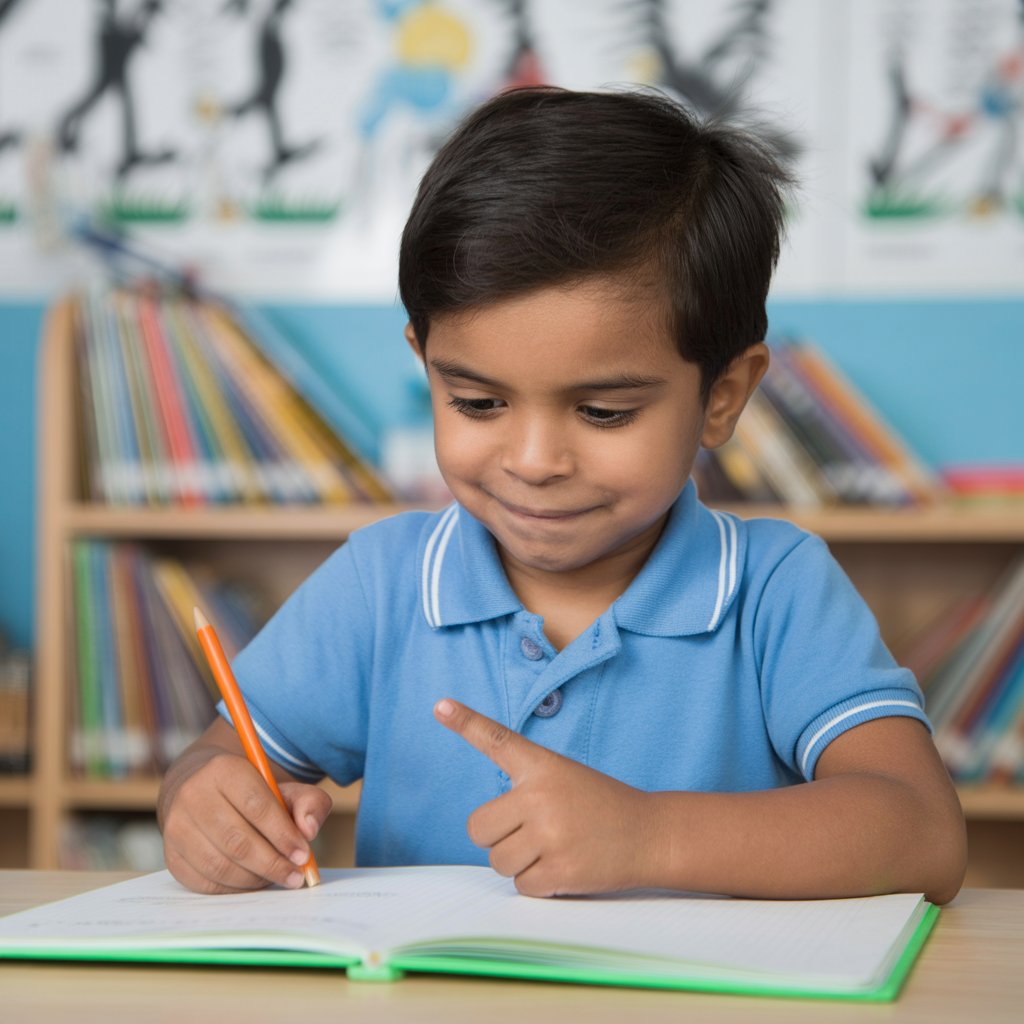Attention and Focus Building Strategies

Want to know the real struggle for kids with autism? Staying focused. It's not that they don't want to pay attention – their brains are just wired differently.
Try visual timers. Those colorful countdown clocks? Magic. They give kids a concrete way to see "this is how long we're doing this activity." No abstract time concepts, just clear visual feedback.
Breaking tasks into bite-sized chunks works wonders too. Instead of "complete this worksheet," try "let's do the first three problems, then take a quick break." Small wins build confidence.
Environment matters big time. That flickering light you barely notice? For a child with autism, it might be screaming for attention. Create a distraction-free zone with minimal visual clutter and consistent sensory input.
Following Instructions: Visual and Verbal Approaches
Instructions that go in one ear and out the other? Been there. The solution isn't repeating louder – it's communicating differently.
Visual schedules change everything. A simple strip of pictures showing the day's activities gives kids predictability and independence. They can see what's coming next without constant verbal prompting.
First-then boards are game-changers: "First we finish math, then we play with blocks." This visual representation helps children understand the sequence and motivation.
For verbal instructions, keep it short and sweet. "Hang up your coat, put away your backpack, take out your folder, and sit at your desk" is overwhelming. Instead: "Hang up your coat." Wait. "Put away your backpack." One step at a time.
Imitation Skills as Learning Foundations
Kids learn by watching. It's hardwired into our development. For children with autism, we need to make imitation more deliberate and structured.
Start with big, obvious actions they can copy – clapping hands, stomping feet. Make it fun, not a drill. Celebrate small successes with genuine excitement.
Mirror play is surprisingly powerful. Sitting across from each other and mimicking movements creates connection while building crucial neural pathways. Start with just a minute or two, gradually building duration.
The real secret? Follow their lead sometimes. When they stack blocks, stack yours too. When they make a sound, echo it back. This reciprocal imitation teaches them that their actions have power and meaning in social exchanges.

Pattern Recognition and Sorting Abilities
Pattern recognition isn't just academic – it's how we make sense of our world. And many kids with autism have amazing pattern-spotting abilities we can build on.
Simple sorting activities unlock cognitive potential. Start with obvious differences (colors, shapes) before moving to more subtle categories. The physical act of moving and grouping objects reinforces abstract thinking.
Predictable patterns provide security. Creating routines with clear beginning-middle-end structures helps children understand their world. What looks like "rigidity" is often a search for predictable patterns in a chaotic world.
Turn pattern recognition into a strength by connecting it to interests. Does your child love trains? Sort them by color, size, or type. Suddenly, a "learning activity" becomes play with purpose.
Basic Categorization and Matching
Categorization isn't just academic busywork – it's fundamental to how we organize information in our brains.
Start with concrete, real-world objects before moving to pictures. Sorting actual forks and spoons makes more sense than paper pictures for many kids with autism who think concretely.
The magic happens when you connect categories to real life. "These are foods we eat at breakfast" has more meaning than abstract groupings with no context.
Make matching games that tap into interests. Dinosaur matching cards for your dino-obsessed kiddo? Yes please. When learning connects to passion, engagement skyrockets.
Gradually increase difficulty. Start with identical matches, then similar items, then conceptual matches. Each success builds confidence for the next challenge.






